Best Night Sky Events of February 2016 (Stargazing Maps)
New Moon, February 2016
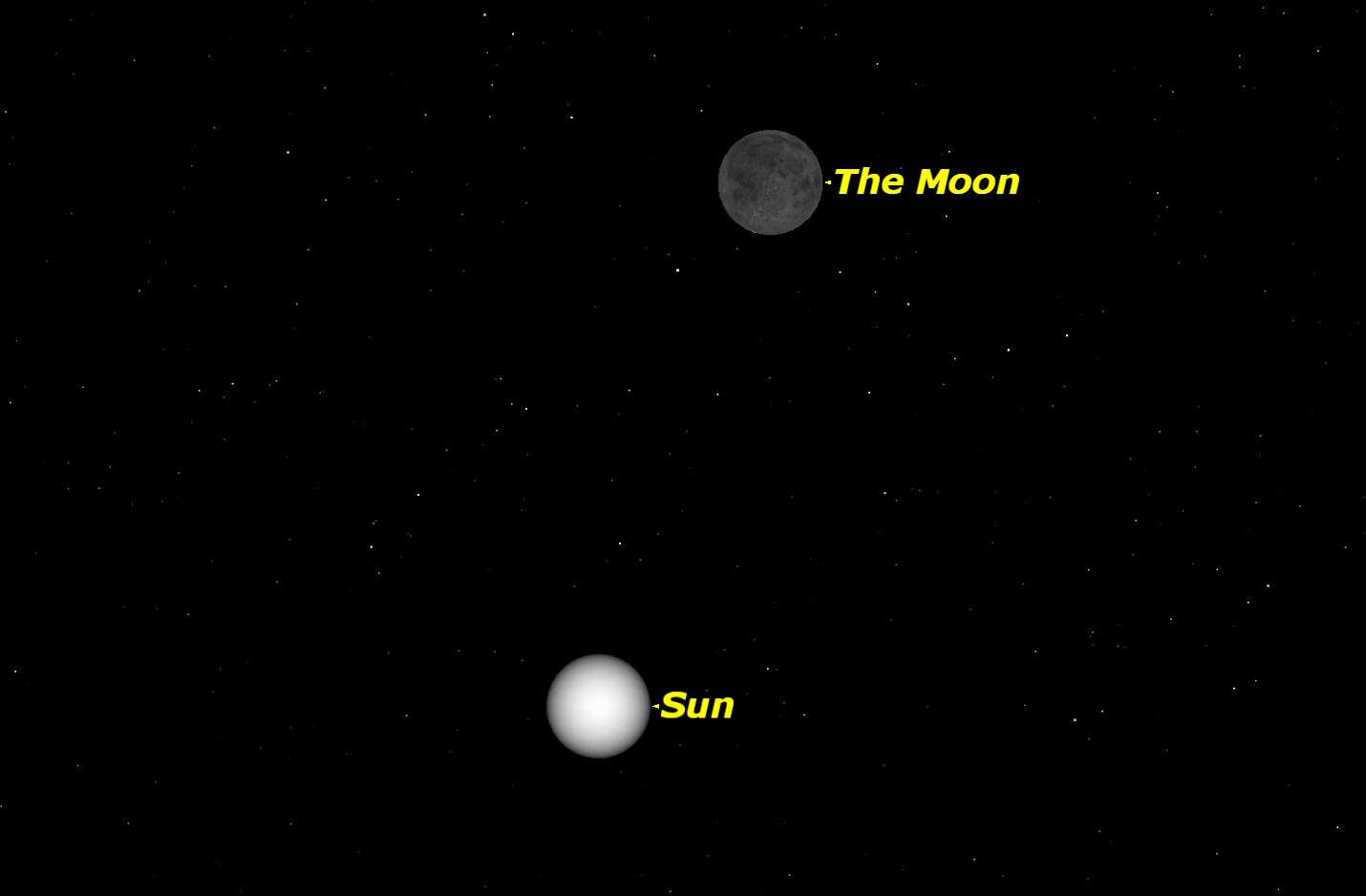
See what's up in the night sky for February 2016, including stargazing events and the moon's phases, in this Space.com gallery courtesy of Starry Night Software. On Monday, Feb. 8, 9:39 a.m. EST. The moon is not visible on the date of New Moon because it is too close to the sun, but can be seen low in the east as a narrow crescent a morning or two before, just before sunrise. It is visible low in the west an evening or two after New Moon.
First Quarter Moon, February 2016
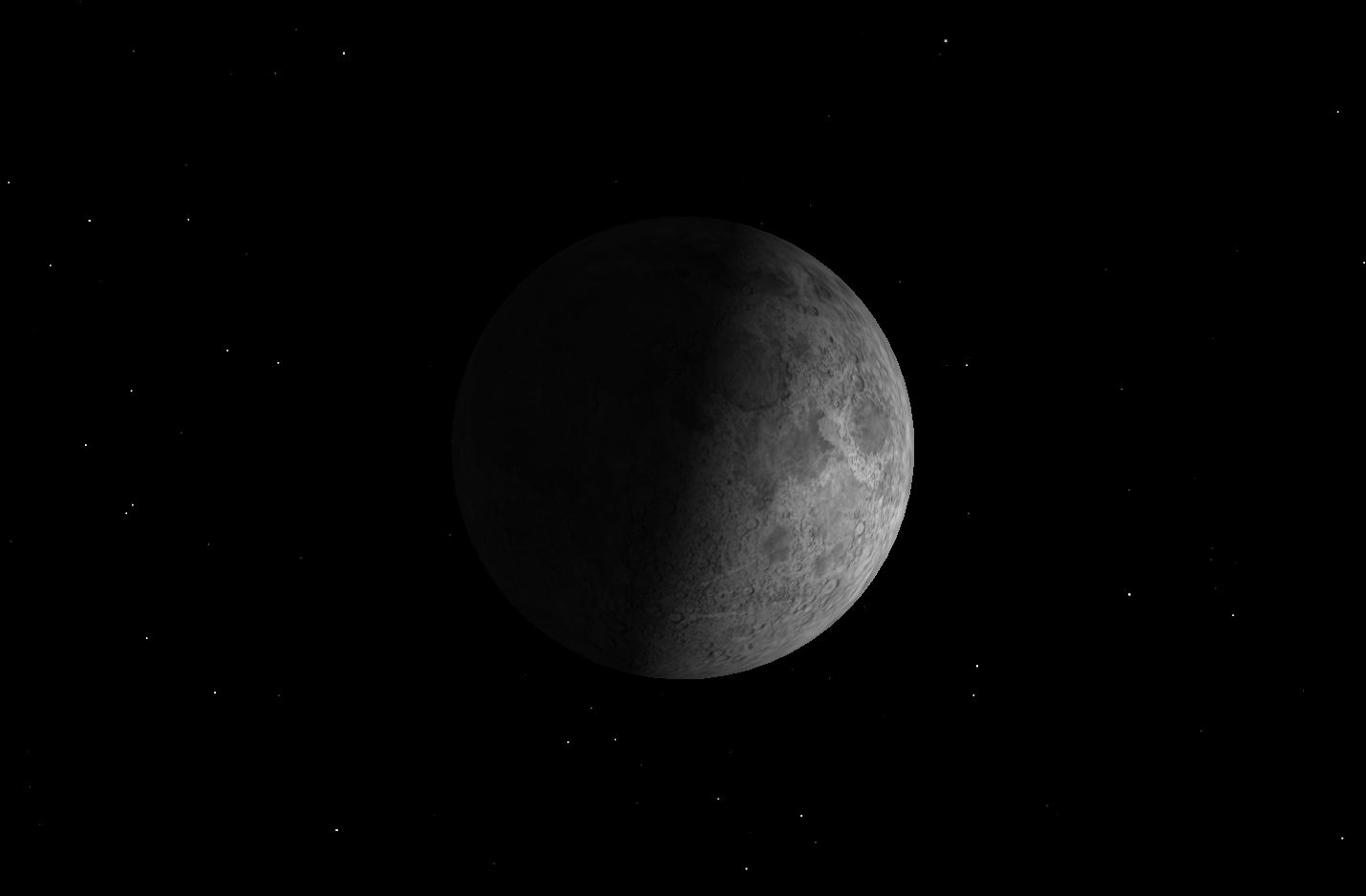
Monday, Feb. 15, 2:46 a.m. EST. The First Quarter Moon rises around 10:45 a.m. and sets around 1:15 a.m. It dominates the evening sky.
Full Moon, February 2016
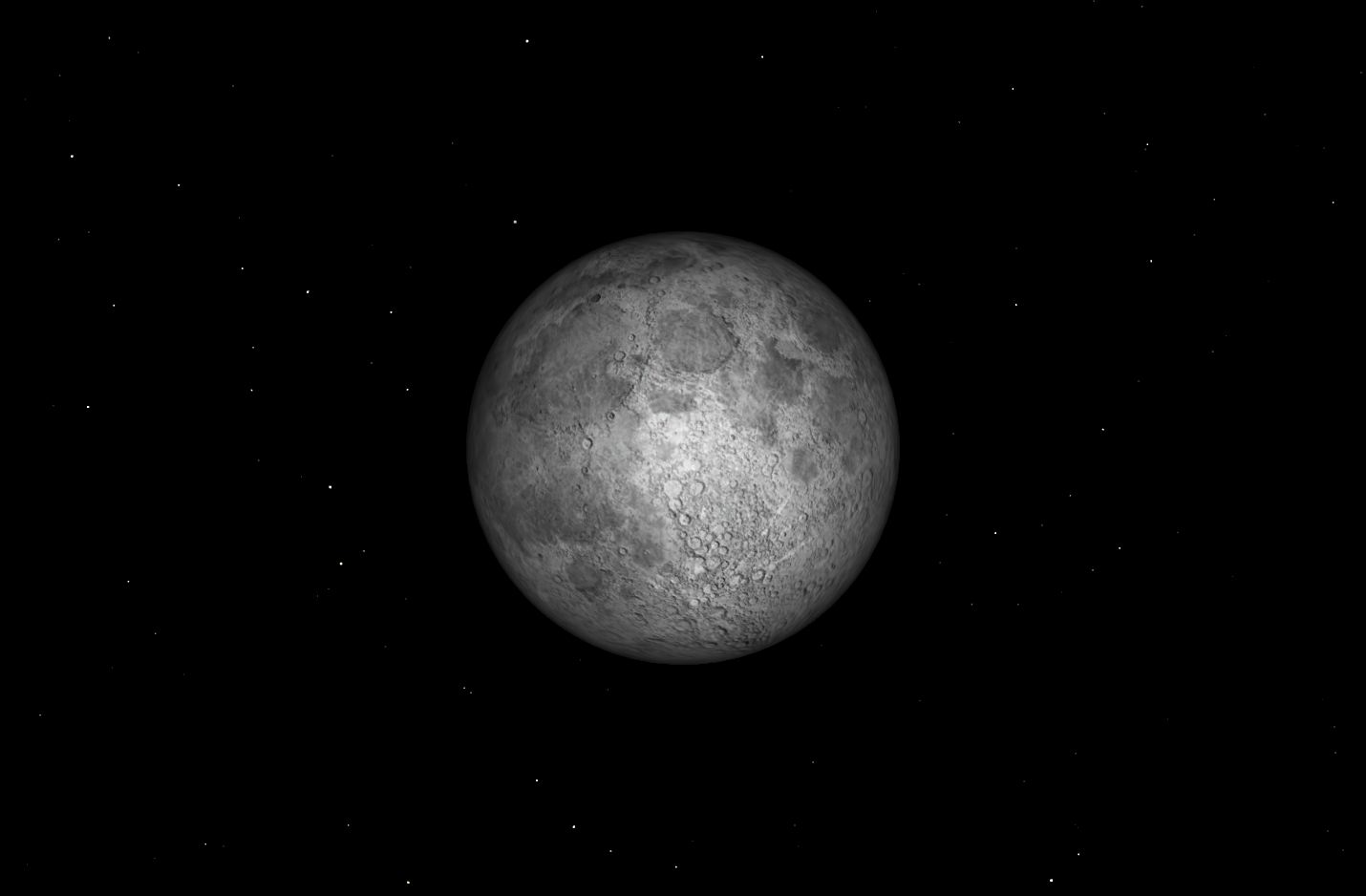
Monday, Feb. 22, 1:20 p.m. EST. The February Full Moon is known as the Snow Moon or Hunger Moon. It rises around sunset and sets around sunrise; this is the only night in the month when the moon is in the sky all night long. The rest of the month, the moon spends at least some time in the daytime sky.
Mercury, Venus, and the Moon, February 2016
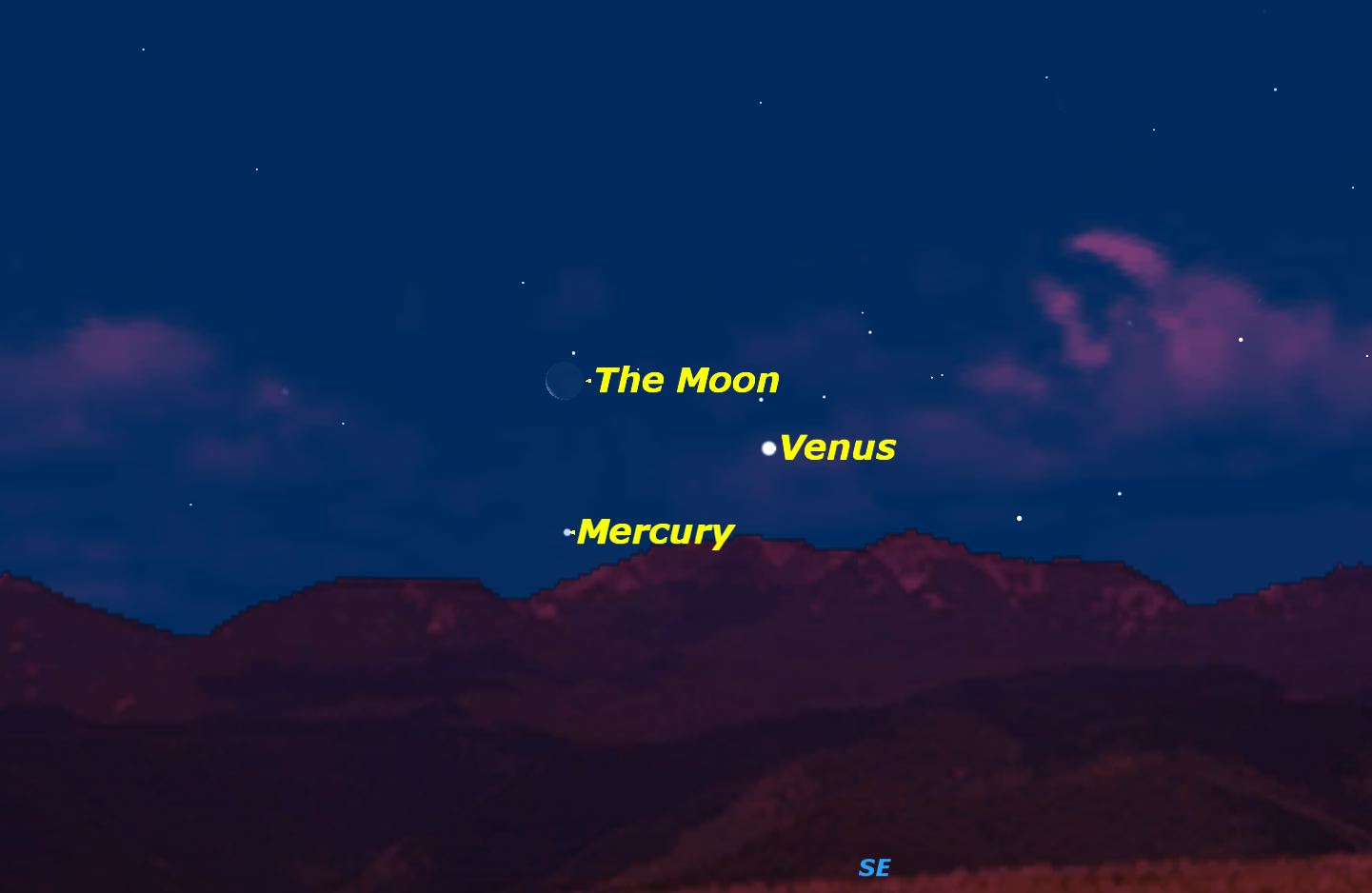
Saturday, Feb. 6, dawn. A slender crescent moon will be framed by the planets Mercury and Venus at dawn this morning.
Mercury at greatest elongation west, February 2016
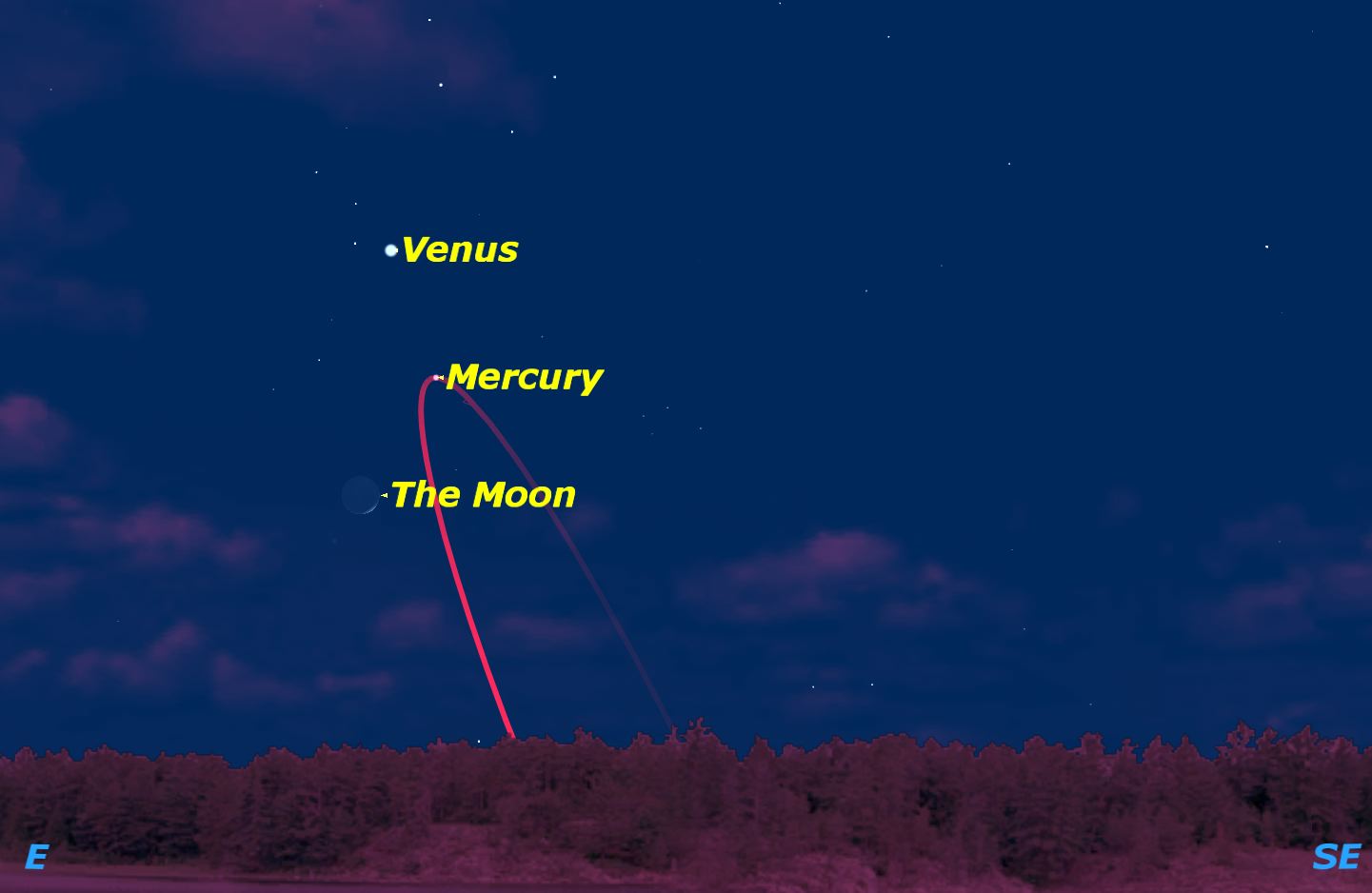
Sunday, Feb. 7, dawn. Mercury will be at its farthest from the sun. Because of the angle the ecliptic makes with the horizon, this will be more favorable in the Southern Hemisphere, seen here half an hour before sunrise in Melbourne, Australia.
Aldebaran occulted by Moon, February 2016
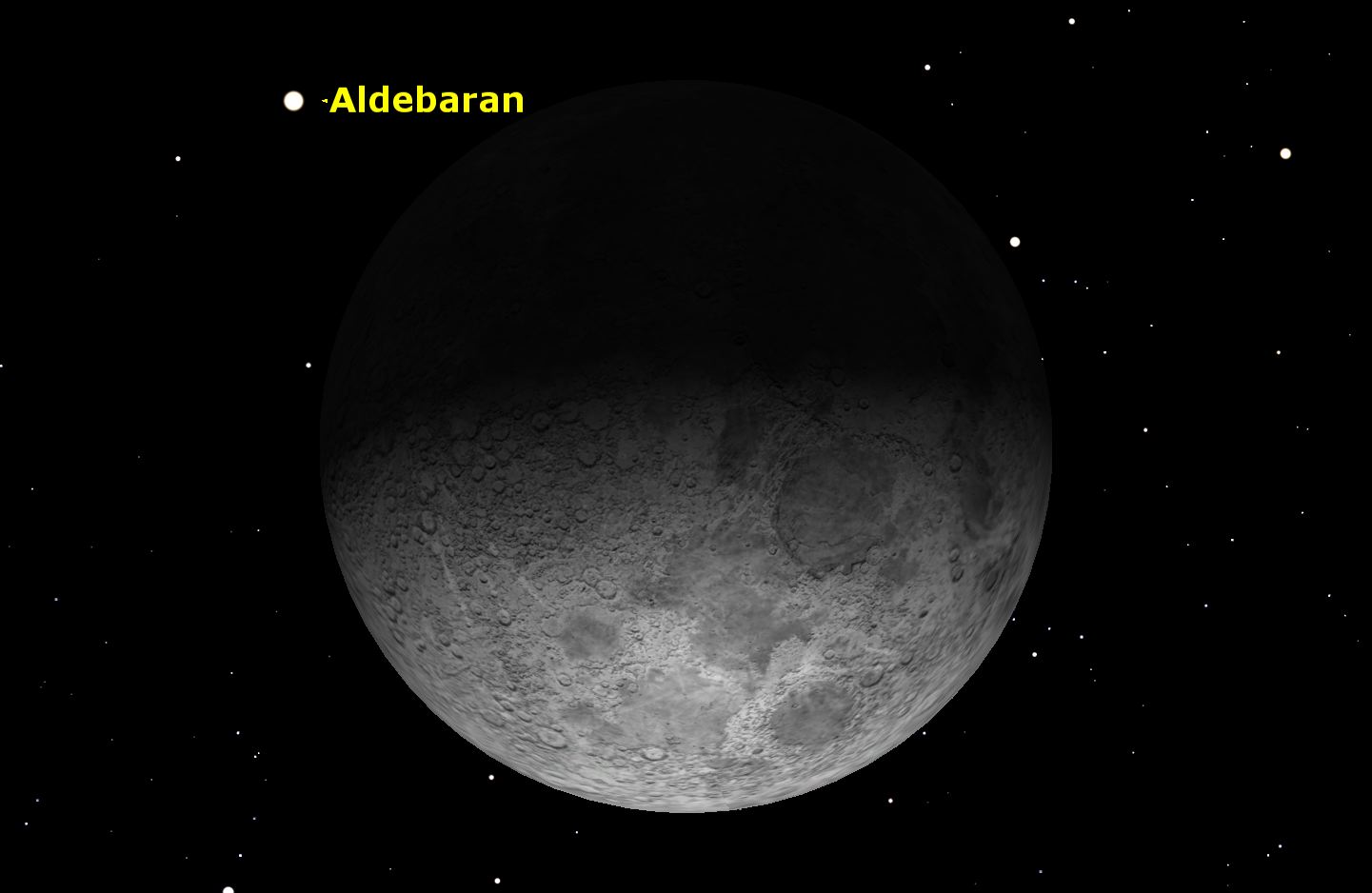
Monday, Feb. 15, evening. The First Quarter Moon will occult the bright red star Aldebaran against the backdrop of the Hyades star cluster, as seen from Hawaii, Japan, southern China, and southeast Asia.
Jupiter and the Moon, February 2016
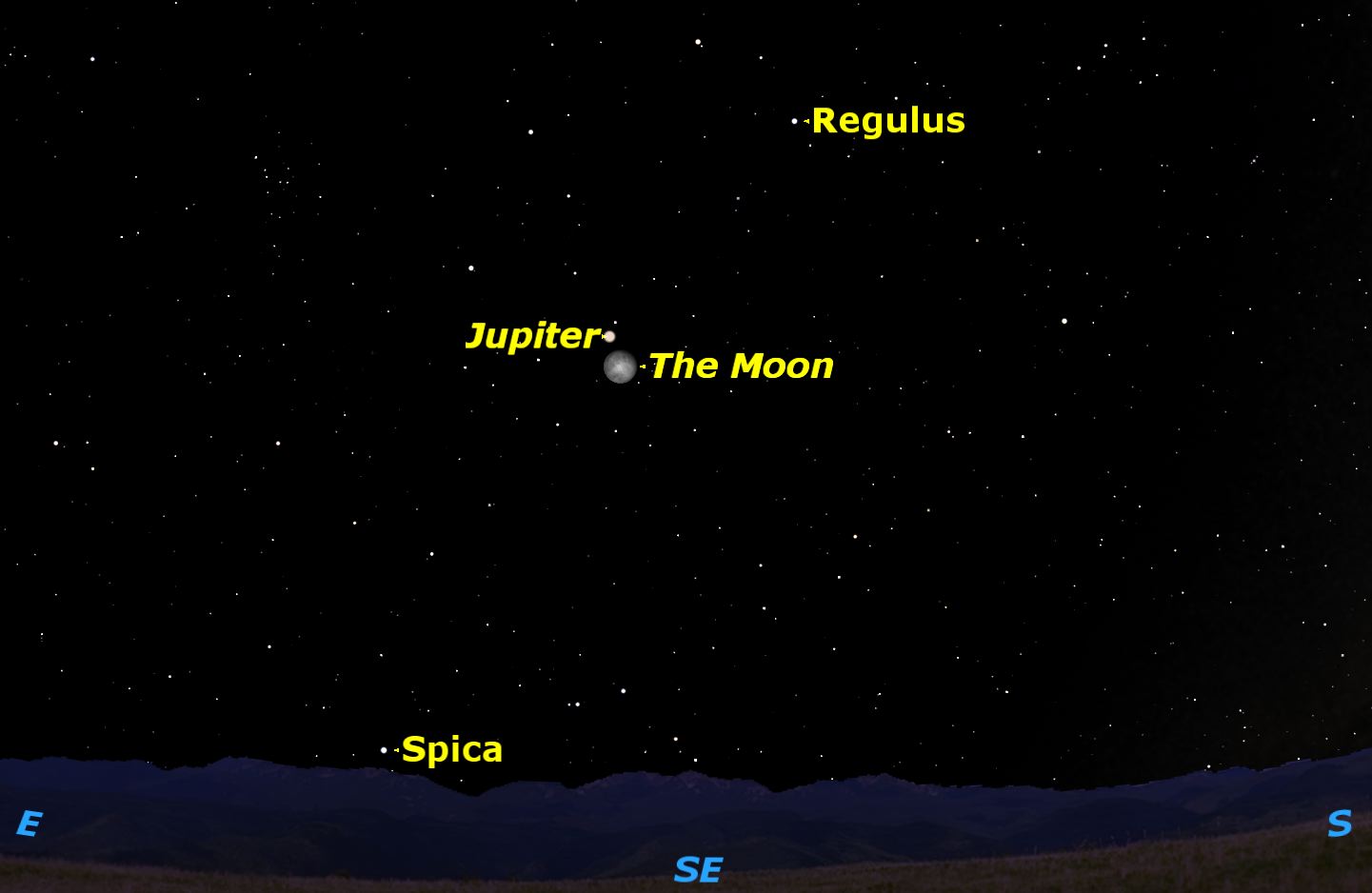
Tuesday, Feb. 23, 11 p.m. EST. The moon and Jupiter will rise close together in the southeastern sky.
Get the Space.com Newsletter
Breaking space news, the latest updates on rocket launches, skywatching events and more!
Zodiacal Light, February 2016
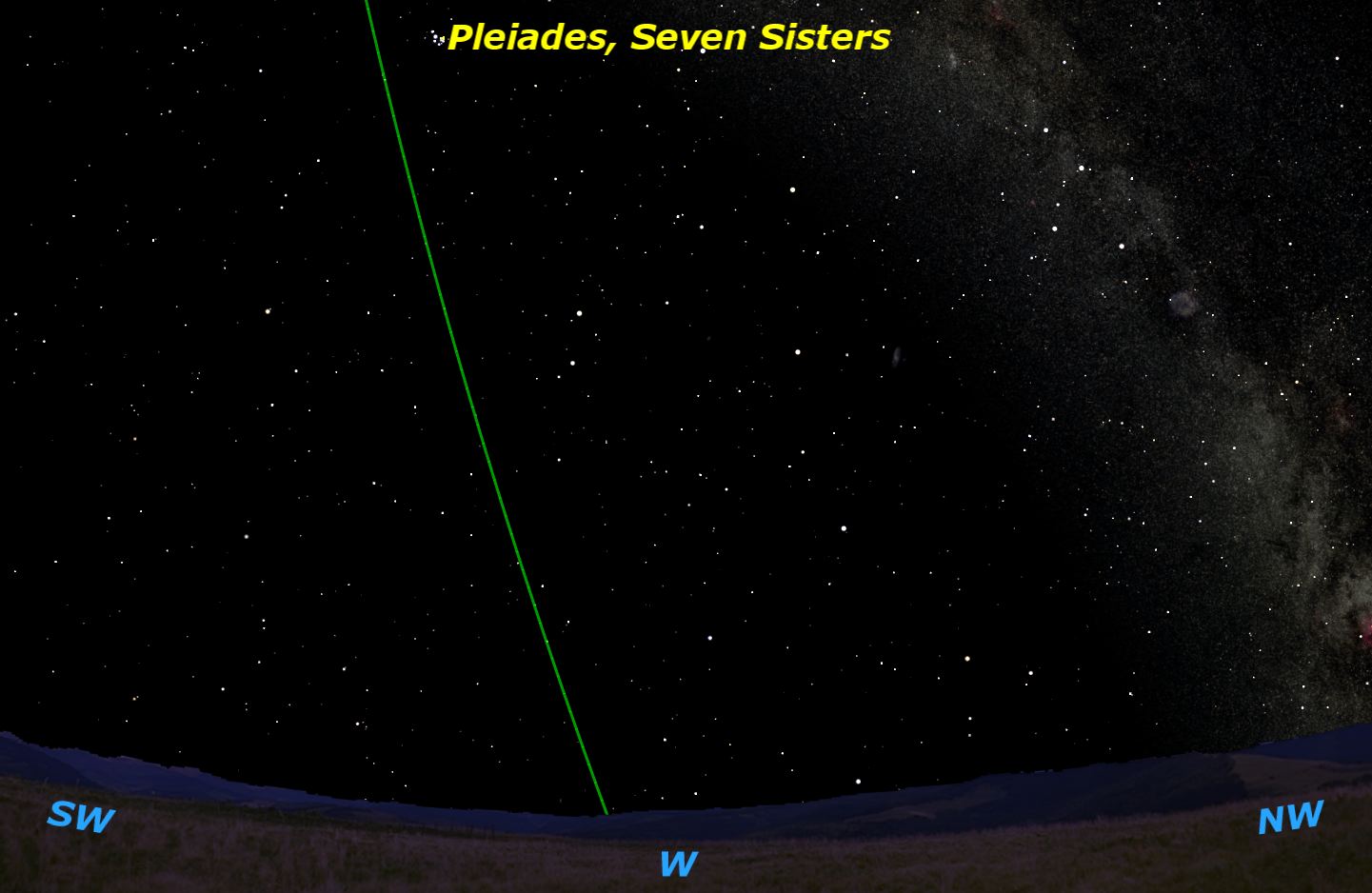
Wednesday, Feb. 24–Wednesday March 9, evening. The faint glow of the zodiacal light will be visible for the next two weeks in the western sky after the end of evening twilight. It is a faint cone of light following the ecliptic, the green line shown here, quite distinct from the faint glow of the Milky Way to the northwest.
Double shadow transit on Jupiter, February 2016
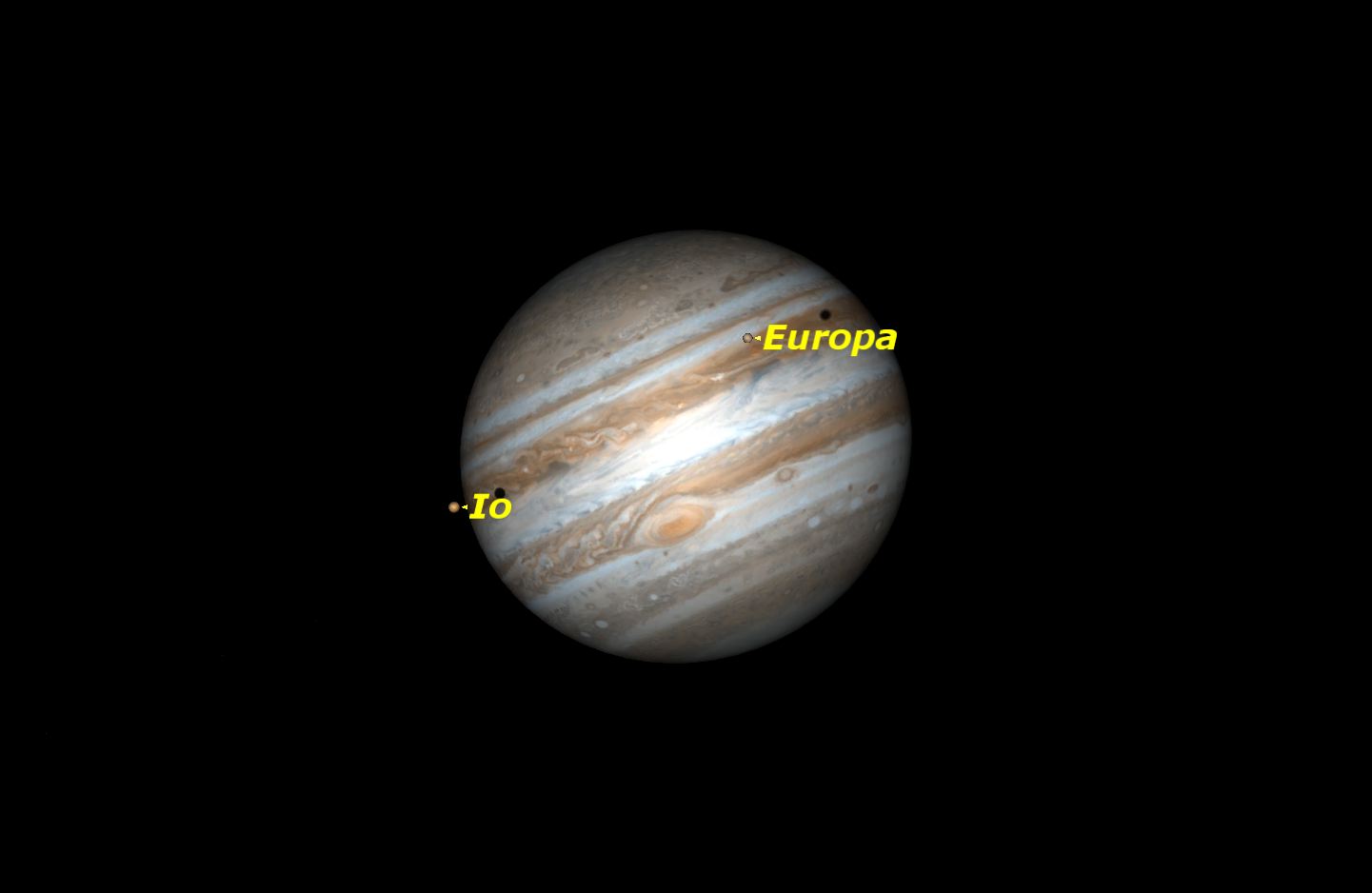
Friday, Feb. 26, 4:37–5:03 a.m. EST. Jupiter's moons Io and Europa will chase their shadows across the face of Jupiter. The Great Red Spot will also be well placed for observation.
Mercury, February 2016
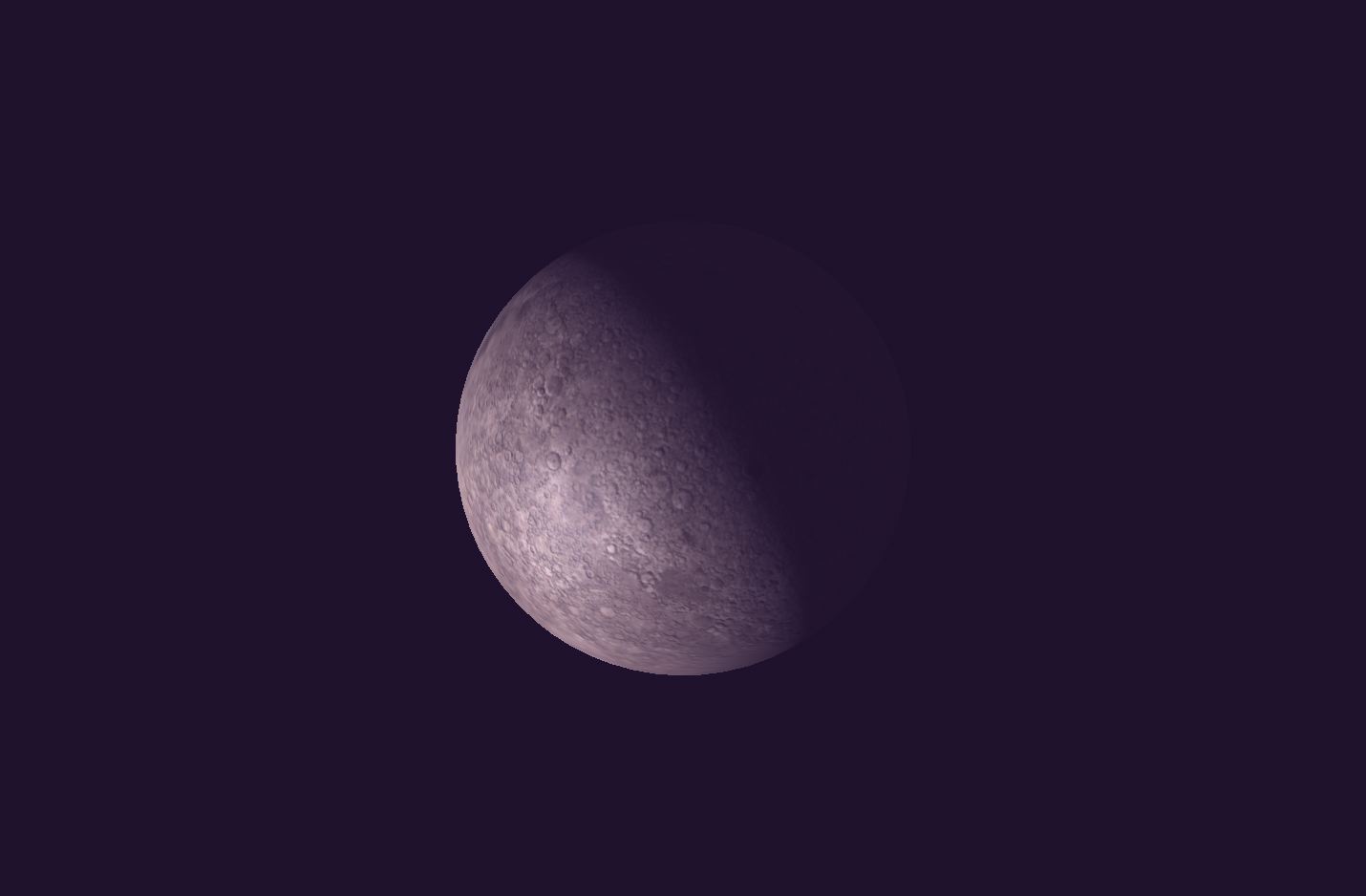
Mercury is well placed low in the eastern sky at dawn for most of the month. It will be at greatest elongation west of the sun on February 7. This apparition is more favorable for observers in the Southern Hemisphere because of the angle the ecliptic makes with the horizon.
Venus, February 2016
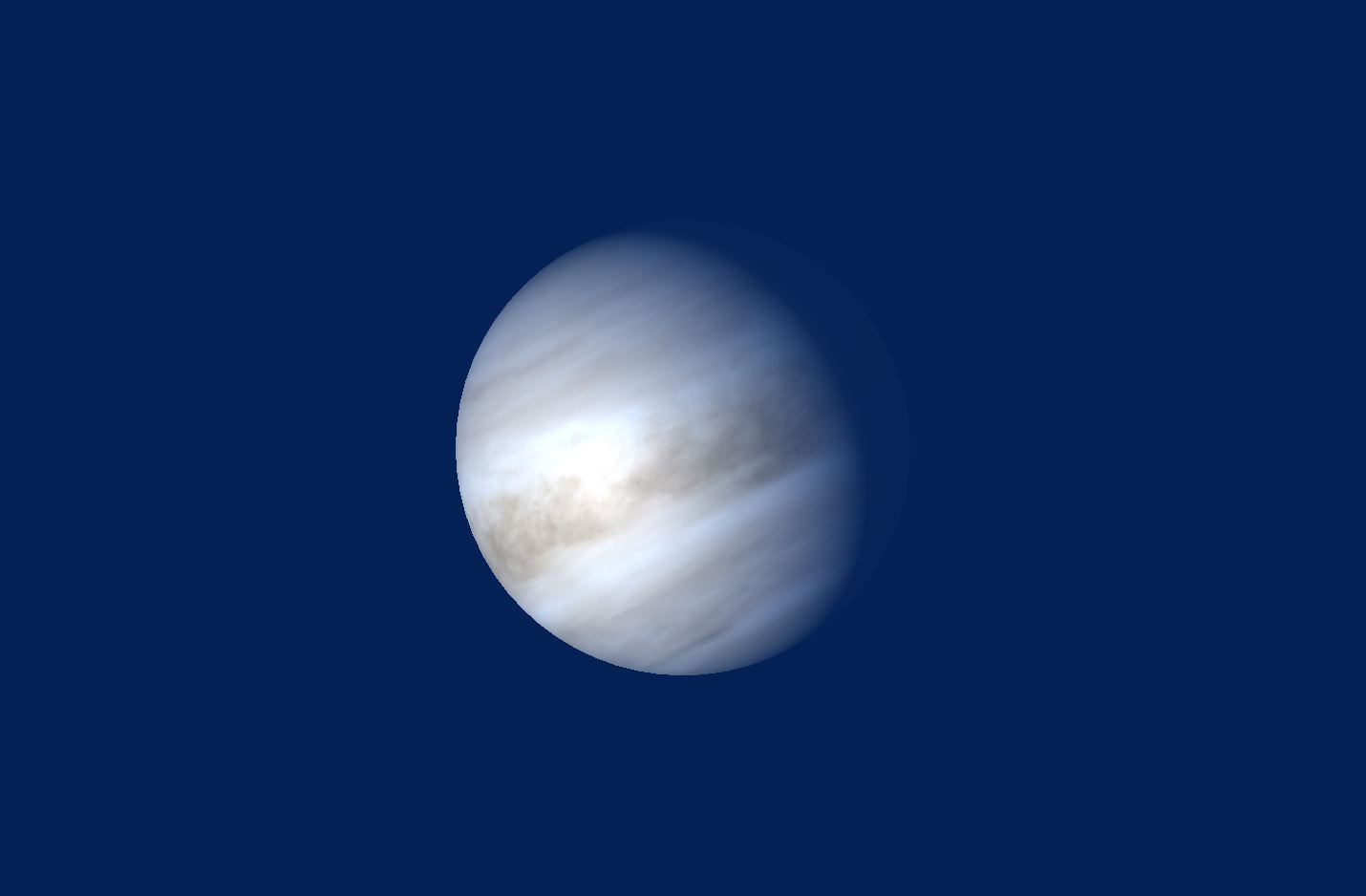
Venus continues to shine brightly at dawn all month, but is dropping towards the sun. It will be close to Mercury on the 13th.
Join our Space Forums to keep talking space on the latest missions, night sky and more! And if you have a news tip, correction or comment, let us know at: community@space.com.

Geoff Gaherty was Space.com's Night Sky columnist and in partnership with Starry Night software and a dedicated amateur astronomer who sought to share the wonders of the night sky with the world. Based in Canada, Geoff studied mathematics and physics at McGill University and earned a Ph.D. in anthropology from the University of Toronto, all while pursuing a passion for the night sky and serving as an astronomy communicator. He credited a partial solar eclipse observed in 1946 (at age 5) and his 1957 sighting of the Comet Arend-Roland as a teenager for sparking his interest in amateur astronomy. In 2008, Geoff won the Chant Medal from the Royal Astronomical Society of Canada, an award given to a Canadian amateur astronomer in recognition of their lifetime achievements. Sadly, Geoff passed away July 7, 2016 due to complications from a kidney transplant, but his legacy continues at Starry Night.









